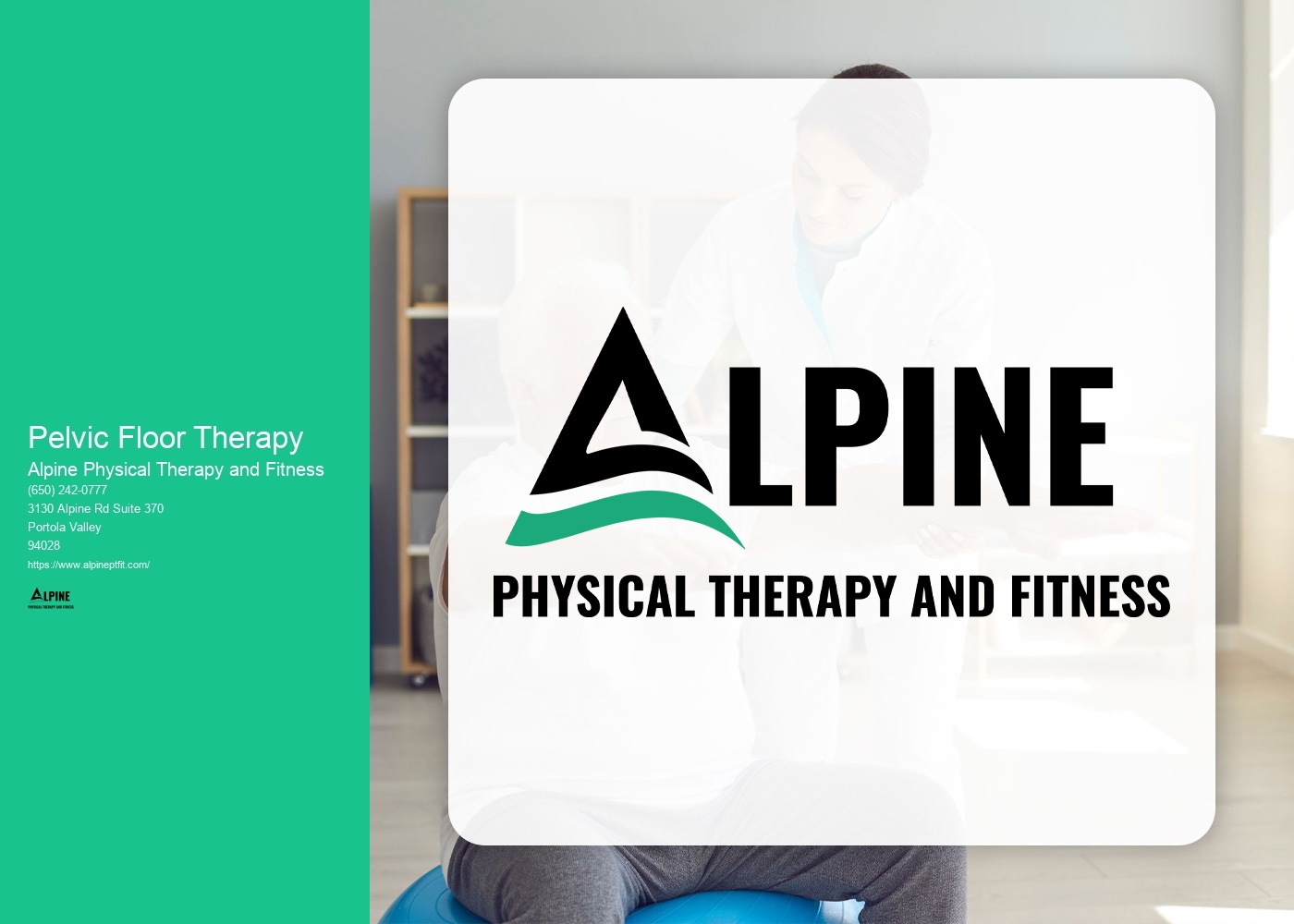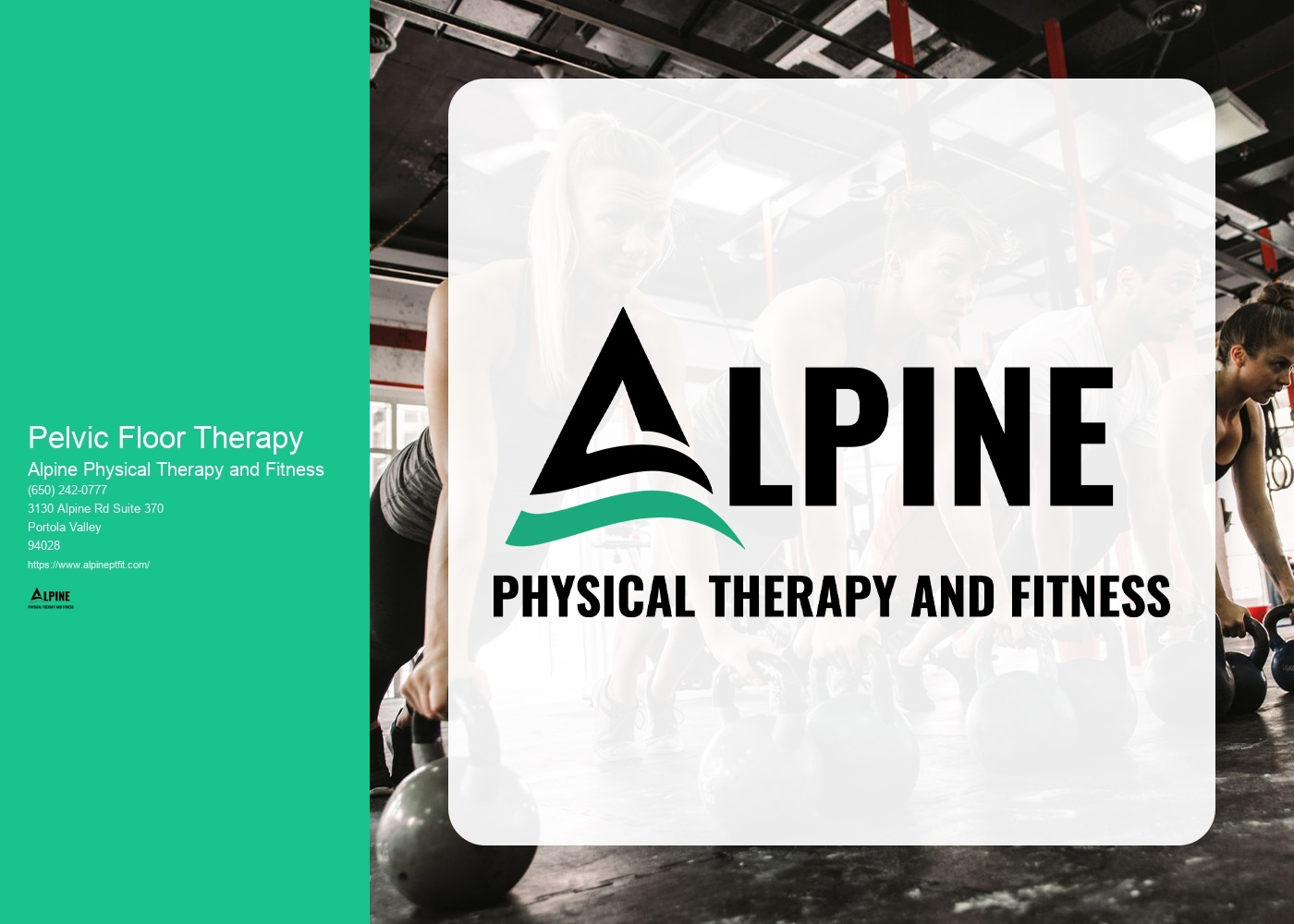

Pelvic floor therapy is a specialized form of physical therapy that focuses on the muscles, ligaments, and connective tissues of the pelvic floor. It is designed to address various conditions and issues related to the pelvic floor, such as pelvic pain, urinary incontinence, pelvic organ prolapse, and sexual dysfunction. During a pelvic floor therapy session, a trained therapist will assess the individual's pelvic floor muscles and develop a personalized treatment plan. This may include exercises to strengthen or relax the muscles, manual therapy techniques, biofeedback, and education on proper posture and body mechanics.
Common conditions that pelvic floor therapy can help with include pelvic pain, which may be caused by conditions such as endometriosis, interstitial cystitis, or pelvic floor muscle dysfunction. It can also be beneficial for individuals experiencing urinary incontinence, whether it is stress incontinence (leakage during activities such as coughing or sneezing) or urge incontinence (sudden, strong urge to urinate). Pelvic floor therapy can also be effective for individuals with pelvic organ prolapse, a condition where the pelvic organs descend into the vaginal canal. Additionally, it can help individuals with sexual dysfunction, such as pain during intercourse or difficulty achieving orgasm.
The benefits of pelvic floor therapy are numerous. It can help reduce or eliminate pelvic pain, improve bladder and bowel control, strengthen the pelvic floor muscles, enhance sexual function, and improve overall quality of life. By addressing the underlying issues and providing targeted treatment, pelvic floor therapy can help individuals regain control over their pelvic floor muscles and alleviate symptoms that may be affecting their daily activities and relationships.

The duration of a typical pelvic floor therapy session can vary depending on the individual's needs and the therapist's approach. On average, a session may last between 45 minutes to an hour. During this time, the therapist will assess the individual's condition, provide hands-on treatment, guide them through exercises, and offer education and advice on self-care techniques. The frequency and duration of the overall treatment plan will depend on the severity of the condition and the individual's progress.
Pelvic floor therapy should not be painful, although some individuals may experience mild discomfort during certain manual therapy techniques. The therapist will work closely with the individual to ensure their comfort and adjust the treatment accordingly. It is important to communicate any discomfort or concerns with the therapist during the session so that they can make appropriate modifications.

The number of sessions required to see results from pelvic floor therapy can vary depending on the individual and their specific condition. Some individuals may experience improvement after just a few sessions, while others may require several weeks or months of consistent therapy. The therapist will regularly assess the individual's progress and adjust the treatment plan as needed to ensure optimal results. It is important to follow the therapist's recommendations and actively participate in the exercises and techniques provided to achieve the best outcomes.
While pelvic floor therapy is typically done in a clinic or healthcare setting, there are exercises and techniques that can be done at home to complement the in-clinic sessions. The therapist may provide the individual with a home exercise program that includes specific exercises and stretches to be done between sessions. These exercises are designed to reinforce the progress made during the therapy sessions and promote continued improvement. However, it is important to consult with a trained therapist before attempting any pelvic floor exercises at home to ensure proper technique and avoid potential complications.

Regular exercise is crucial for preventing falls in the elderly. A combination of strength, balance, and flexibility exercises can help improve muscle tone, coordination, and stability. Strength exercises, such as leg presses and squats, can help build muscle and improve overall stability. Balance exercises, such as standing on one leg or walking heel-to-toe, can help improve balance and reduce the risk of falls. Flexibility exercises, such as stretching and yoga, can help improve range of motion and prevent muscle stiffness. Additionally, activities like tai chi and water aerobics can be particularly beneficial for improving balance and reducing the risk of falls. It is important for elderly individuals to consult with a healthcare professional or a qualified exercise specialist to develop a personalized exercise program that suits their specific needs and abilities.
Gait training is an essential component of rehabilitation for patients with neurological disorders. To ensure the best outcomes, several best practices should be followed. Firstly, it is crucial to conduct a thorough assessment of the patient's gait pattern, including their posture, balance, and coordination. This assessment should be tailored to the specific neurological condition and take into account any associated impairments, such as muscle weakness or spasticity. Secondly, a multidisciplinary approach involving physiotherapists, occupational therapists, and rehabilitation physicians should be adopted to provide comprehensive care. This team can collaborate to develop an individualized treatment plan that addresses the patient's specific needs and goals. Thirdly, the use of assistive devices, such as walkers or canes, should be considered to support the patient's stability and safety during gait training. These devices can help improve balance and reduce the risk of falls. Additionally, incorporating task-specific exercises and functional activities into the training program can enhance the patient's ability to perform daily tasks and improve their overall mobility. Regular reassessment and adjustment of the treatment plan are also essential to ensure ongoing progress and optimize outcomes. By following these best practices, healthcare professionals can effectively support patients with neurological disorders in improving their gait and overall functional abilities.
Physical therapy can be an effective treatment option for individuals suffering from adhesive capsulitis of the shoulder, also known as frozen shoulder. This condition is characterized by pain, stiffness, and limited range of motion in the shoulder joint. Physical therapy interventions such as joint mobilizations, stretching exercises, and strengthening exercises can help improve shoulder mobility, reduce pain, and restore function. Additionally, modalities like heat therapy, cold therapy, and electrical stimulation may be used to alleviate pain and promote healing. The physical therapist will develop a personalized treatment plan based on the individual's specific needs and goals, ensuring a comprehensive and targeted approach to managing adhesive capsulitis.
The Graston Technique is a specialized form of manual therapy that is commonly used in physical therapy to treat a variety of musculoskeletal conditions. This technique utilizes specially designed stainless steel instruments to effectively detect and treat soft tissue restrictions and adhesions. The Graston Technique can be applied to various areas of the body, including the neck, back, shoulders, hips, knees, and ankles. It is particularly effective in addressing conditions such as plantar fasciitis, carpal tunnel syndrome, tennis elbow, rotator cuff injuries, and Achilles tendonitis. By using the Graston Technique, physical therapists are able to effectively break down scar tissue, improve range of motion, reduce pain, and promote tissue healing.
Physical therapy plays a crucial role in managing spinal cord injuries by providing comprehensive rehabilitation and promoting functional recovery. The primary goal of physical therapy is to improve the patient's mobility, strength, and overall physical function. This is achieved through a variety of techniques, including therapeutic exercises, manual therapy, and assistive devices. Physical therapists also focus on addressing secondary complications that may arise from spinal cord injuries, such as muscle weakness, spasticity, and loss of balance. They work closely with the patient to develop personalized treatment plans that target specific impairments and help them regain independence in activities of daily living. Additionally, physical therapy plays a vital role in educating patients and their families about proper body mechanics, injury prevention, and adaptive strategies to enhance their quality of life. Overall, physical therapy is an essential component of the multidisciplinary approach to managing spinal cord injuries, aiming to optimize functional outcomes and promote long-term well-being.